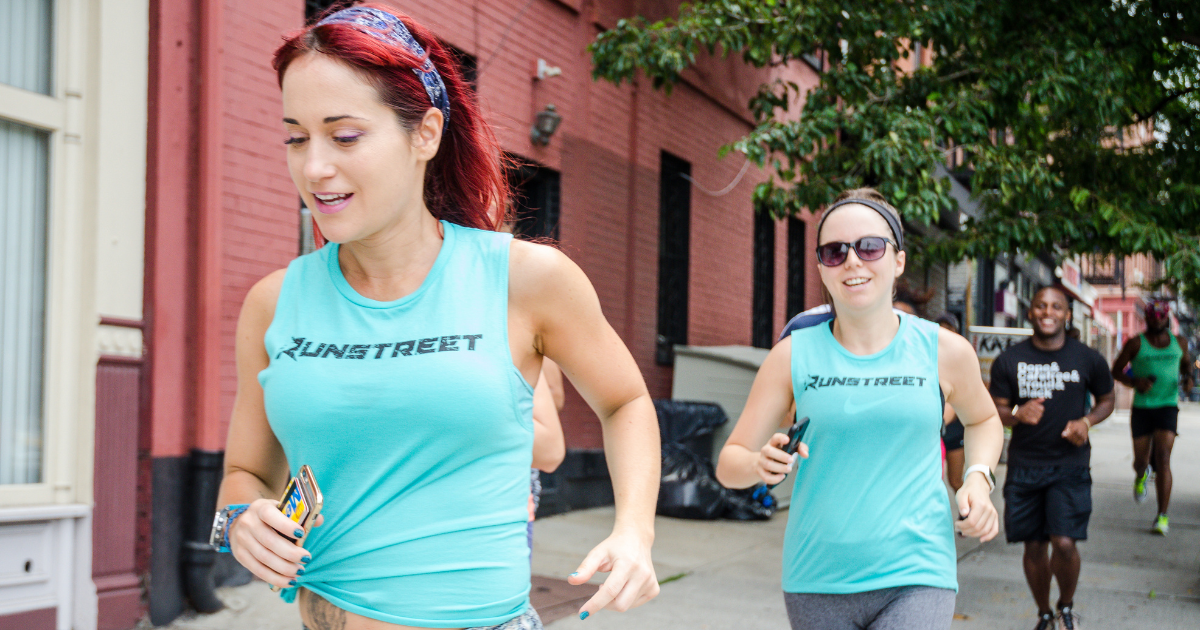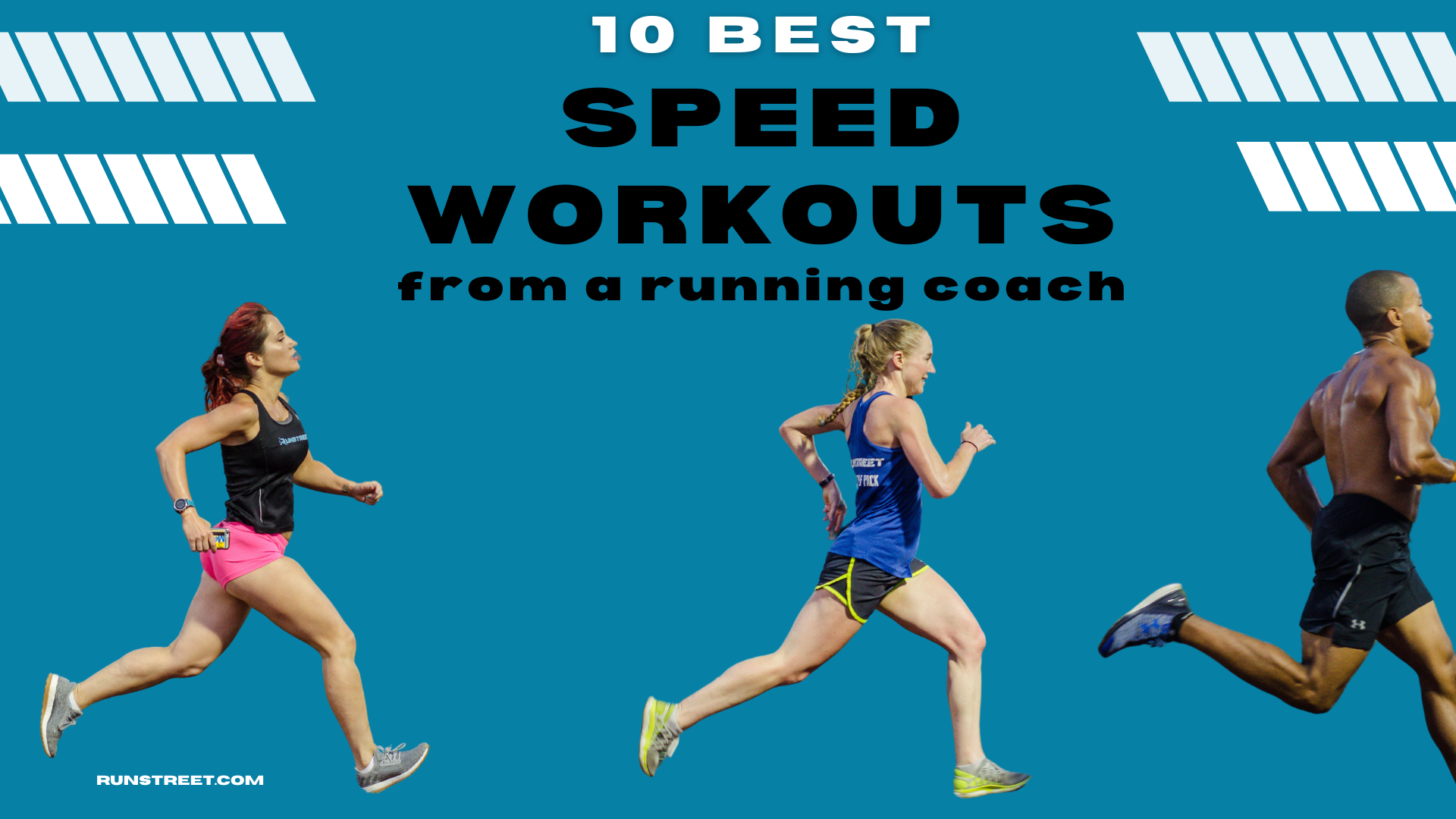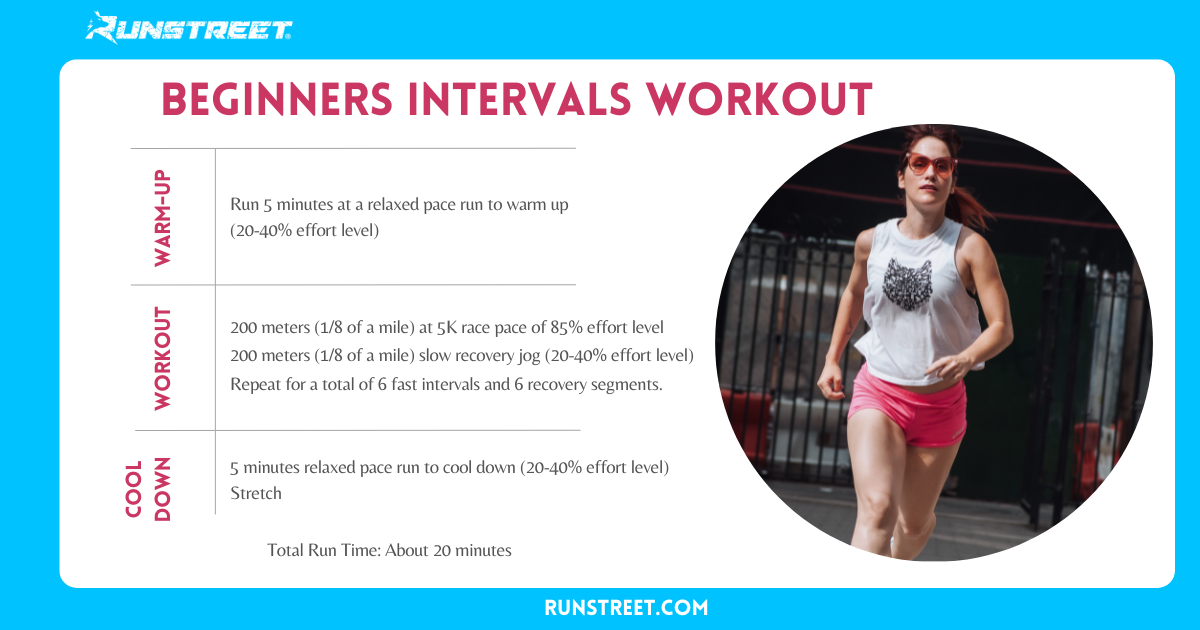Speed Training for Beginners: How To Get Started
Photos by Marques Jackson Photography.
By Marnie Kunz,
NASM-certified trainer and USATF-, RRCA-certified running coach
Speed training for beginners will help you become a faster, stronger runner. If you’re a beginning runner, speed training is a great way to improve your fitness level, get faster, and add variety to your workouts. Because, let’s face it, jogging the same loop in your neighborhood is starting to get, meh, old. Here’s my speed training for beginners guide, with tips for getting started, and some beginner-friendly speed workouts you can try. Whether you are a newbie or longtime runner, these speed workouts are a great way to add new challenges to your workouts so you don’t get stuck in a running rut.
What Is a Speed Workout?
Speed workouts are running workouts that challenge you to add intensity to your training program, improving your body’s oxygen efficiency and leg speed. For speed workouts, you do sprints or run at a faster pace than your usual pace and push yourself for short bursts of speed. Speed training comes in many forms — with intervals, fartleks, and tempo runs some of the most popular. Interval workouts also include easy running between your fast pace running.
Related Post: 3 Track Workouts to Get Faster
As someone who gets easily bored, I love speed training for the change of pace (literally), and mixing up my routine. It’s easy to get stuck in a running rut, and with quarantine life and no big in-person races on the horizon, it’s easy to lose motivation for running.
When I coach runners, I find that many beginners enjoy speed work as a new challenge and also see the fitness benefits faster than doing the same slow paced runs every day. I’ve also seen runners dramatically improve their race times with speed workouts in all distances — the mile, 5K, 10K, half marathon and marathon.
Benefits of Speed Training
Many runners avoid speed workouts because it’s easier to trudge along at a relaxed pace run, but the benefits of speed workouts are well worth the effort. Not to mention the adrenaline rush you get from completing a tough, sweaty, heart-pounding speed workout.
Some benefits of speed workouts include:
Boosts your metabolism.
Speed training is a form of high intensity workout, and you will burn more calories per minute while speed training than you would during a relaxed pace run. In addition, your metabolism will continue to burn fat even after your speed workout is over. This makes speed training for beginners a great way to lose weight and burn fat.
Saves time.
Long runs can literally take all day, while speedwork can be done in as little as 20 minutes. Because your intensity is high, you do not need to do a long workout for your speed training.
Improved running form.
Speed training helps improve your running stride and endurance. Your stride is the distance your legs travel in the air before hitting the ground during your run. When you run faster, you apply greater force to the ground and get back into the air faster, giving you a longer running stride.
Related Post: 10 Running Form Tips + Drills From a Run Coach
More muscle mass.
Speed training helps slow down muscle loss that comes with aging after we hit 25. Slow twitch muscles that we use in distance running do not deteriorate at nearly the rate we lose fast twitch muscle fibers. Doing speed workouts helps build and strengthen your fast twitch muscle fibers, which keeps your metabolism running faster as well.
Less risk of injuries
Speed workouts help strengthen your bones and muscles, which in turn reduces your risk of injury.
Speed training can be adapted for all levels of runners.
How to Get Started with Speed Training
With all the benefits of speed training for runners, what’s not to love? Here’s how to get started with some speed training for beginners. Keep in mind, many advanced runners do not do speed workouts so if you’re a veteran runner, you can still benefit from trying these speed workouts to step up your running game.
1. Prepare your gear. Make sure you have the best running shoes for your foot type and running style before you begin your speed training program. It’s important to have good running shoes so you don’t get injured in your training.
2. Start with one speed workout a week. Although speed workouts can be intoxicating and they offer many benefits, you want to start gradually, with just one speed workout a week, and if that goes well, you can add more speed workouts down the line.
3. Pick a speed workout. Start with a simple one and you can add to it later by adding more repeats or making the speed distance a little longer. I have a sample speed training workout below, and you can also check out lots of speed workout options in our Speed section.
4. Calculate your goal pace. If you are just starting out with speed workouts or haven’t raced yet, you may not have a goal pace in mind. In this case, you can go by your effort level and record your times as you go to get an idea of where you are at now and an attainable goal time. Basically, during speed workouts, you want to stay consistent. So you want your effort level to be hard but not all-out, as you will need to repeat the speed for each interval. It is better to get a little faster each interval than to get slower, so don’t start out too fast. Here is a pace conversion chart if you want to calculate your interval time goals.
5. Record your results. One of the most rewarding things about speed training is being able to track your results and see your progress. I record my speed training results on my phone notes, and keep them in my training app as well. You can also put your goal times on the wall or fridge or make a speed inspiration collage even.
Beginner Speed Workout: Intervals
Intervals are a short and sweet way to ease into speed training for beginners. Here we will start with 200-meter intervals, which are equal to one half of a lap on a standard track, or .125 of a mile. If you are running on the road or trail and measuring distance in miles, when you reach .125, that is one 200-meter interval.
Try this beginners interval workout to get started.
Here is your beginner speed workout:
5 minutes warm-up at a slow, relaxed pace run
Run 200 meters at your goal 5K pace. If you don’t know your goal 5K pace, you can check out 5K average paces based on age for a good starting point, or go by feel and give about 85 percent effort level. You should feel out of breath after your interval but should not feel exhausted.
Run slowly for 200 meters for a recovery interval.
Repeat to do 6 fast intervals and 6 slow recovery segments.
Jog 5 minutes to cool down.
Workout Time: About 20 minutes in duration, depending on your speed.
Stretch and rehydrate.
Do this speed workout once a week for two weeks. On your third week, add one more 200-meter interval. On your fifth week, you can add one more speed workout to total two speed workouts a week, with at least one rest day or slow recovery run day between speed workouts.
Once you are ready to add more to your speed training, check out tabata running workouts, tempo runs, and other interval workouts.
Let me know how it goes if you try this workout! Comment below. Get more training and fitness tips on my Runstreet Youtube and tag @Runstreet on Instagram to share your workouts and get cheered on. Happy running to you!😊
Related Posts: Interval Training for Beginners, How to Find the Best Running Shoes, 5 Running Workouts to get Faster, Get Faster with Tempo Runs, 5 Speed Workouts for 5K Success
Marnie Kunz is a NASM-certified personal trainer, USATF, and RRCA-certified running coach and the creator of Runstreet. She is a Brooklyn resident, trainer, Akita mom, and writer. She enjoys running coaching, traveling, art, and eating her way through NYC.




